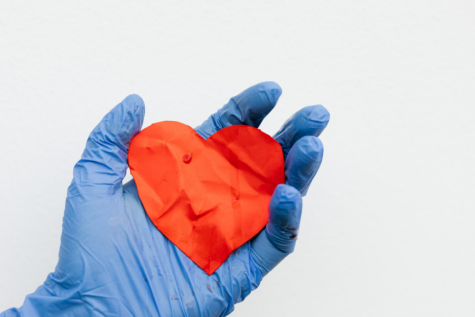How do you recognise a cardiac arrest?

In order to quickly come to the rescue of a cardiac arrest, it is important to know how to recognise the signs of this emergency situation! Cardiac arrest is a life-threatening situation where every second counts.
A cardiac arrest could involve a casualty losing consciousness. This could happen due to a shortage of blood being pumped to the brain because the heart stops pumping blood during a cardiac arrest. Sometimes a casualty stops breathing or is breathing abnormally, they could also look unwell. In addition, you may no longer feel their heart beat or they may not have a pulse. As early as 4 to 6 minutes following a cardiac arrest, the brain cells become damaged, followed by other organs, which may also quickly suffer damage. This damage is irreparable, which is why it is crucial to get help as quickly as possible when someone is experiencing a cardiac arrest.
Gasping in cardiac arrest - what is it?
Cardiac arrest may also involve gasping for air. This is another way to recognise a cardiac arrest. Gasping occurs when oxygen levels in the brain are low due to circulatory arrest. It is a reflex of the body where breathing becomes very noisy. It could sound like a sawing or gurgling noise. The breathing motion is jerky and/or irregular. It resembles a fish gasping for air. Note that gasping can look different, depending on the duration of the circulatory state.
Can I sense a cardiac arrest?
Cardiac arrest occurs suddenly, so in many cases you have no prior symptoms. Often a cardiac arrest victim was previously unaware that there was a problem with their heart. Cardiac arrest can sometimes be the result of a heart attack. The symptoms of a heart attack are:
- Sweating;
- Nausea;
- Pressure and/or tightness in the chest (region), neck and upper arms;
- Fatigue;
- Feeling of flu;
- Grey or pale skin colour;
- Blue lips or nails.
What is a cardiac arrest?
To recognise a cardiac arrest, it is also important to know exactly what it entails. When someone has a cardiac arrest, the heart stops beating and no more blood is pumped around by the heart. There is severe arrhythmia.
What to do in the case of a cardiac arrest?
If you suspect that someone is experiencing a cardiac arrest it is important to get help quickly. Immediately call the emergency services number start CPR. If there is a automated external defibrillator (AED) nearby, connect it to the casualty. An AED device administers a life-saving shock when needed.